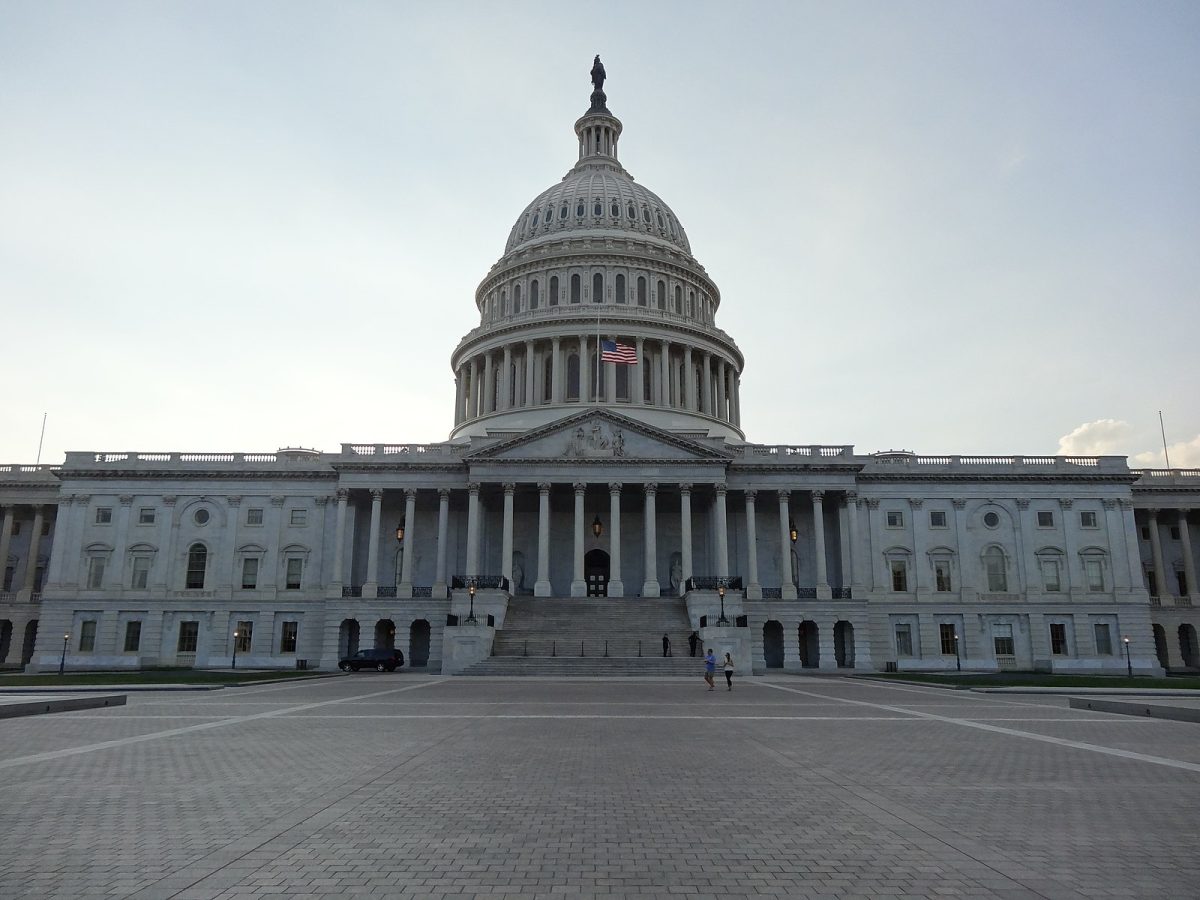A new online project from the White House is collecting some complaints from Dickinson College administrators.
The U.S. Department of Education, at the request of President Barack Obama, launched a new feature on the White House’s main website on Wednesday, Feb. 13: the College Scorecard.
The Scorecard, which is still in the beta stage, is designed for ease of use and transparency. Typing in the name of a college or institution on the search bar will bring up basic charts and graphics that cover tuition costs, graduation rates, loan default rates, average amounts of money borrowed and after-graduation employment rates for colleges and universities.
“Parents and students can use [the Scorecard] to compare schools based on a simple criteria: where you can get the most bang for your educational buck,” said President Barack Obama during his State of the Union address on Tuesday, Feb. 12.
However, Dickinson College administrators have expressed concern about its piecemeal presentation of statistics.
While cautioning that she would need to wait to see it in action in order to offer an overall opinion, Executive Director of Admissions Catherine Davenport ’87 noted that the Scorecard could create confusion among families new to the college application process.
“The concept behind the Scorecard is to have a one-page standardized document that colleges and universities complete so the families can put them side-by-side to compare schools on the same attributes…My immediate concern is for students who are [the] first generation [in their families to go to] college”, she said. “I am first generation and while it would have been nice to have all this information provided in an orderly format, I would still have been comparing apples, oranges and grapes as I applied to large universities, Ivy-league and small liberal arts schools. I think the Scorecard would have been helpful to compare similar types of schools but confusing to compare all schools.”
Vice President for Enrollment, Marketing and Communications and Dean of Admissions Stephanie Balmer shared her equal concern that post-graduation employment statistics could result in undue negative perceptions of Dickinson. “The not-yet-populated employment information is a concern. Dickinson has a number of graduates engaged in highly rewarding service programs like the Peace Corps and Teach for America immediately following graduation,” she said. “It will be unfortunate if the value of a Dickinson education is somehow diminished in Scorecard data because our students make these important choices that don’t result in high-paying positions immediately following graduation.”
President William Durden ’71 also expressed concern with the College Scorecard.
“[It implies that] education’s a game,” he said. “It’s just another way to check the boxes…[that’s] trying to satisfy the idea that numbers equal a good education. [It’s] sending the wrong message.”
Despite its potential to mislead families, Davenport believes that the Scorecard holds possible merit that encourages students and families to investigate the colleges and universities further.
“I would hope that a family would use the Scorecard as an opportunity to ask questions about the data to appropriate college/university officials rather than accept it at face-value,” said Davenport. “I believe the [Dickinson] website, student e-mails, newsletters, publications, campus visits, etc. will still provide the best information for a family to fully evaluate ‘fit’ for the student.”
Balmer agreed that prospective students should look more closely into colleges than the information presented on the Scorecard.
“Our hope is that students and families considering colleges like Dickinson will research their options more deeply than using the limited information provided on the Scorecard,” offered Balmer.
The White House College Scorecard can be found at http://www.whitehouse.gov/





